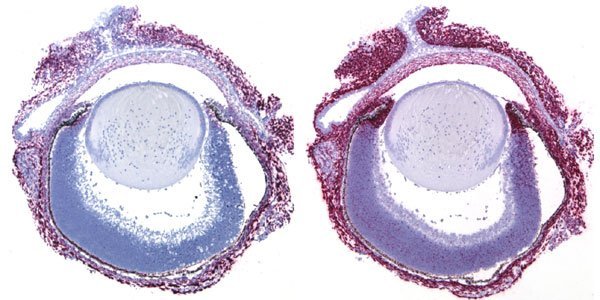Marfan syndrome

Marfan syndrome is a progressive genetic disorder that affects the connective tissue found throughout the body, providing structure and attachment to cells.
It is like a glue that supports every organ, blood vessel, bone, joint and muscle.
In people with this disease, this “glue” is weaker than normal, due to a violation in the production of the protein fibrillin, which is a major component of connective tissue in the body.
Weakened connective tissue can cause dysfunction in many body organs, especially the heart, eyes and bones.
Although there is no cure for the disease, the good news is that doctors can successfully treat almost all of its symptoms.
Just a few decades ago, most sufferers of the syndrome did not make it past 40.
What are the symptoms?
People with the syndrome are often, but not always, much taller than members of their families and peers and have a thin and elongated body structure.< /p>
Their fingers and toes are usually long and thin, their joints loose. Their arms and legs are often disproportionately long compared to their torso.
Sufferers of the syndrome often have similar facial features: an elongated face, sunken eyes, a small jaw, a high, highly arched palate, and crooked teeth.
What are the causes?
Marfan syndrome is a rare condition that affects about 1 in 5,000 people.
Scientists have determined that it is caused by a defective gene on chromosome 15 that causes abnormalities in the production or structure of fibrillin.
In about 75% of cases, there is a family history, as the defective gene is passed on from parents who have the disease to their children.
The gene is autosomal dominant, meaning that for any child whose parent has the syndrome, there is a 50% chance of developing it.
In the remaining 25% of cases, however, neither parent suffers from the disease.
The genetic mutation responsible for the appearance of the syndrome occurs spontaneously in the sperm or egg during the process of conception.
Scientists are not sure what causes the gene change in these cases, but those born with it have a 50% chance of passing it on to their children.
Although most of those affected have similar clinical manifestations, the disease does not affect all sufferers in the same way.
Some of them have very mild symptoms, while others have much more severe symptoms, even if the patients are from the same family.
This condition is known as a variable manifestation and it makes it almost impossible to predict the development of the disease in each of those affected.
Treatment of Marfan syndrome
Children and teenagers with this diagnosis should be closely monitored by a team of doctors.
Since their bodies grow and change very quickly, echocardiograms at least once a year are imperative, and frequent eye and bone examinations are recommended.
This ensures a quick response for doctors in the event of a newly emerging health problem.
Those affected can do many things to protect themselves from complications.
It is most important to prevent, as far as possible, additional strain on the heart muscle.
This means avoiding contact sports or any activity that involves a lot of movement, muscle strain, or risk of chest impact.
Sports such as football, basketball, gymnastics, weightlifting, etc. are contraindicated.



